
Clean Slate Doctrine — Wiggle Room for “Uncrystallised Claims”?
by Yogendra Aldak†, Pranav Mundra†† and Balraaj Singh Chhatwal†††

by Yogendra Aldak†, Pranav Mundra†† and Balraaj Singh Chhatwal†††
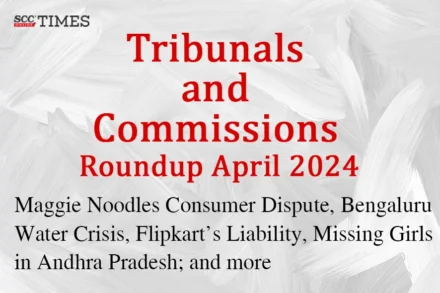
The State Commission absolved Flipkart from any liability as it was merely facilitating the sale through its portal. However, it was noted that Flipkart should have displayed a strict attitude vis-à-vis breach of terms regarding sale of counterfeit products on its site.
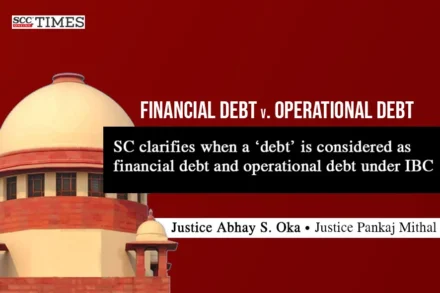
“While deciding that whether a debt is a financial debt or an operational debt arising out of a transaction covered by an agreement or arrangement in writing, it is necessary to ascertain what is the real nature of the transaction reflected in the writing.”

“It is trite that the international treaty obligations are required to be followed strictly and any deviation therefrom would have adverse effects including downgrading of the business interests of country in the international community.”
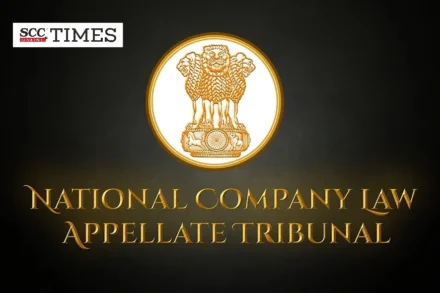
The NCLAT held that the appellant, having obtained a recovery certificate from RERA, qualified as Financial Creditors.

The NCLAT upheld the grant of reliefs and concessions regarding shared utilities and services in Resolution Plan to facilitate the smooth and successful implementation of the Resolution Plan.

The NCLAT warned against manipulating the IBC for debt recovery purposes, as it would defeat the code’s purpose of rehabilitating Corporate Debtors.

NCLAT held that CoCs’ resolution not to consider Resolution Plans from additional new entrants rendered the NCLAT’s orders unsustainable.

NCLAT upheld appellant’s classification as a Financial Institution and it’s liability to pay Liquidation Costs.

NCLAT stated that since the IBC overrides the SARFAESI Act, the Liquidator ought not to prefer a petition, based on the SARFAESI Act, and therefore Liquidator’s decision to classify the appellant as an unsecured financial creditor was illegal and invalid.
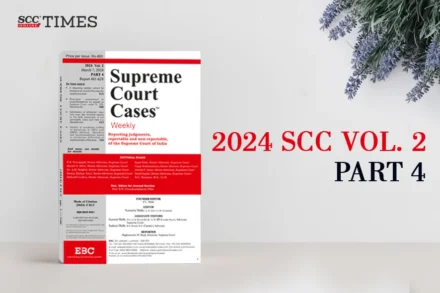
M.P. Municipal Corporation Act, 1956 (23 of 1956) — S. 132(6)(l) — Tax on advertisement: Law clarified on requisites for levy of

In the instant matter, the NCLT rejected the application, noting the approval of the resolution by the Committee of Creditors and the absence of filing through an authorized representative.
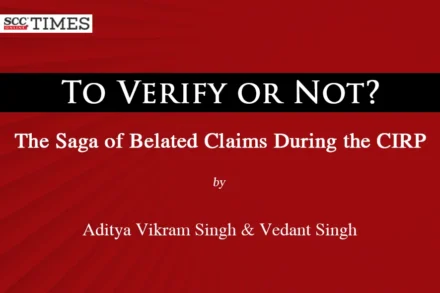
By Aditya Vikram Singh† and Vedant Singh††
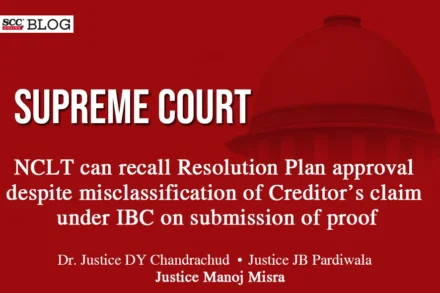
The dues shown payable to the appellant was Rs. 13,47,40,819 while the appellant claimed it to be Rs. 43,40,31,951.
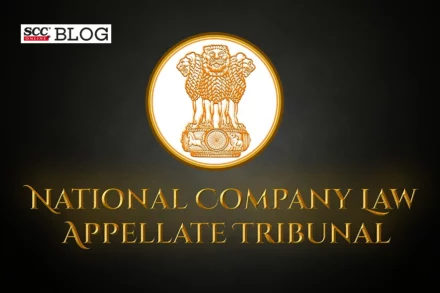
The NCLAT held that the commercial wisdom of the CoC was considered paramount, and no interference was justified.

The NCLAT held that the CoC had the jurisdiction to decide on liquidation as per Section 33(2) and its explanation, even before completing all steps for resolution.

Section 12A was introduced in the Insolvency and Bankruptcy Code, 2016, allowing the withdrawal of CIRP with the approval of 90% voting share of the CoC.
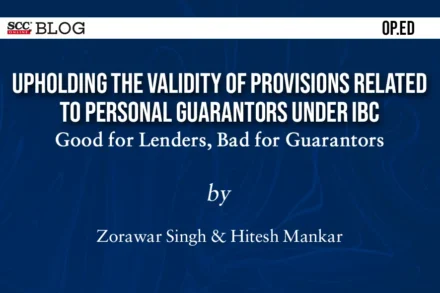
by Zorawar Singh† and Hitesh Mankar††
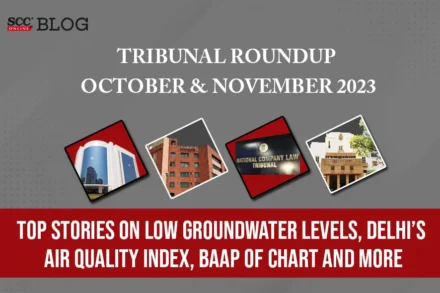
A quick legal roundup to cover important stories from Tribunals, Regulatory Bodies, Commissions for the month of October and November 2023.

The NCLAT directed the Adjudicating Authority to hear and decide the application under Section 7 of the IBC expeditiously, treating it as not covered by Section 10A of the IBC.